This article contains spoilers for Fast X in its discussion of movie star egos, but is it truly possible to “spoil” the plot in a Fast & Furious franchise movie?
Watching Fast X, the Fast & Furious franchise occasionally feels like an enclosure for that most endangered species: the blockbuster movie star.
Much has been written about the decline of the modern movie star, often intertwined with the rise of intellectual property. The stars of mega franchises like the Marvel Cinematic Universe aren’t the actors, but the characters. In many cases, the actors are replaceable, as Terrence Howard and Edward Norton found out. Even popular performers like Chris Evans, Robert Downey Jr., and Chris Hemsworth struggle to open films outside the franchise framework.
There are exceptions. Tom Cruise has transitioned to the intellectual-property-dominated landscape by restructuring the Top Gun and Mission: Impossible franchises around his movie star persona. However, by and large, movie stars are a dying breed. Dwayne Johnson discovered as much when his own attempts to mold Black Adam as an old-fashioned movie star vanity project led to underwhelming box office and reports of feuding with the studio.
Generally speaking, when star-driven projects exist in modern Hollywood, they tend to be either driven by one headline star or exist outside the traditional blockbuster arena. The John Wick franchise has an impressive ensemble, but Keanu Reeves is the (generous and selfless) star at the center of it. Brad Pitt and Leonardo DiCaprio share the screen in Once Upon a Time in Hollywood, but that film is a medium-budget prestige awards play.

As such, Fast & Furious is pretty much unique among major Hollywood franchises, because it’s the only film series at its level driven by movie star egos locked in competition with one another. Since the introduction of Dwayne Johnson as Lucas Hobbs in Fast Five and Jason Statham as Deckard Shaw at the end of Fast & Furious 6, the series has been caught in a three-way tug of war between the blockbuster personas of these two new arrivals and original franchise lead Vin Diesel.
The decline of the classic Hollywood star has inevitably led to the end of the classic Hollywood feud. Many of the most beloved movies ever made were defined by tension behind the scenes, often driven by competing movie star egos jockeying for prime position. Being a movie star requires a fascinating combination of bravado and insecurity — an ability to project power on screen while still being sensitive to how one is perceived. It’s a potent cocktail.
There are examples of films and television shows that were given an extra charge by the drama playing out behind the scenes: Joan Crawford and Bette Davis on Whatever Happened to Baby Jane?, Yul Brynner and Steve McQueen on The Magnificent Seven, Debra Winger and Shirley MacLaine on Terms of Endearment, William Shatner and the entire cast of Star Trek. Of course, it’s important to delineate between these feuds and actual on-set abuse, but this drama can give productions an edge.
It is difficult to make sense of the most recent entries in the long-running Fast & Furious series without understanding the dynamics behind the scenes, with its three titans vying for control of the narrative. For example, there is the famous story about Vin Diesel’s elaborate system of points for tracking fight scenes within the franchise, as a way of ensuring that his character could never be seen to lose to those played by Johnson or Statham.
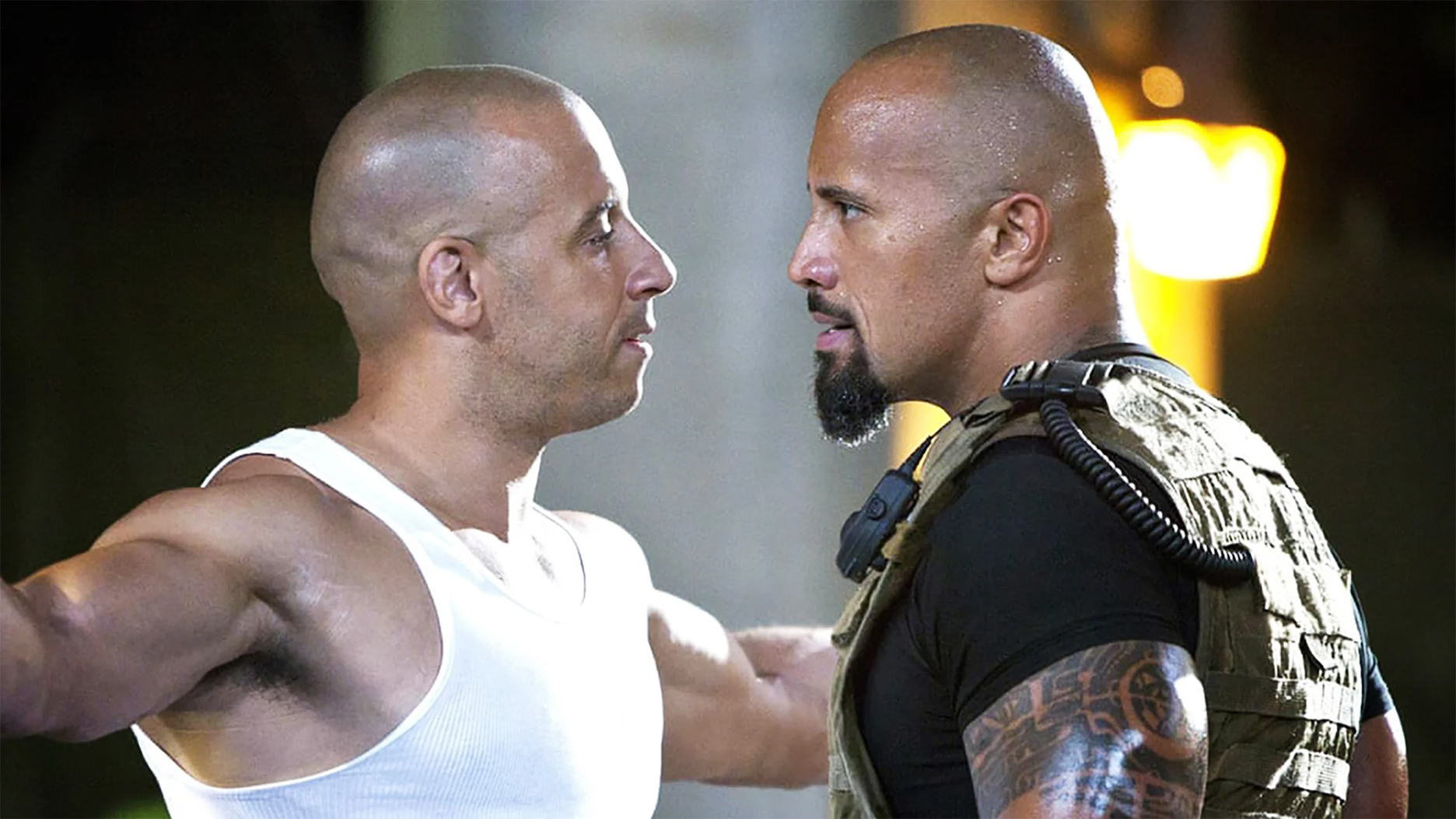
The production of the Fast & Furious franchise has become a soap opera more compelling than a lot of what happens on screen. This is no small thing, given that the Fast & Furious series has been known to resurrect dead characters, give others amnesia, and casually reveal previously unmentioned siblings nine films into the run. As the franchise has gone on, it has been increasingly shaped and reshaped by the clashing egos of the stars on screen.
Tensions and testosterone run high. During production of Fate of the Furious, Johnson made a cryptic social media post announcing that he had “zero tolerance for candy asses,” which many observers interpreted as a jab at Diesel. Despite some attempts to place their characters in the same physical space through the magic of editing, the two did not actually film together. “We were not in any scenes together,” he told Rolling Stone. When production wrapped, Johnson made a point to thank all of the key players — except Diesel.
After Fate of the Furious, Johnson and Statham were spun off into their own separate franchise with Fast & Furious Presents: Hobbs and Shaw. Johnson did not appear in F9: The Fast Saga, while Statham’s appearance was confined to an end credits cameo. While Johnson has since claimed that members of the crew thanked him for publicly calling out Diesel, co-star Tyrese Gibson accused him of “breaking up the family.”
This psychodrama reverberates into the films themselves. Johnson’s absence haunts both F9 and Fast X, most notably in the additions to the ensemble. F9 casts John Cena as Jakob Toretto, the previously unmentioned younger brother of Vin Diesel’s Dom Toretto. The casting of another former professional wrestler in a key supporting role feels particularly pointed given Diesel’s tendency to refer to Johnson as “little brother” in his social media posts. It’s like Vertigo but with muscle men.
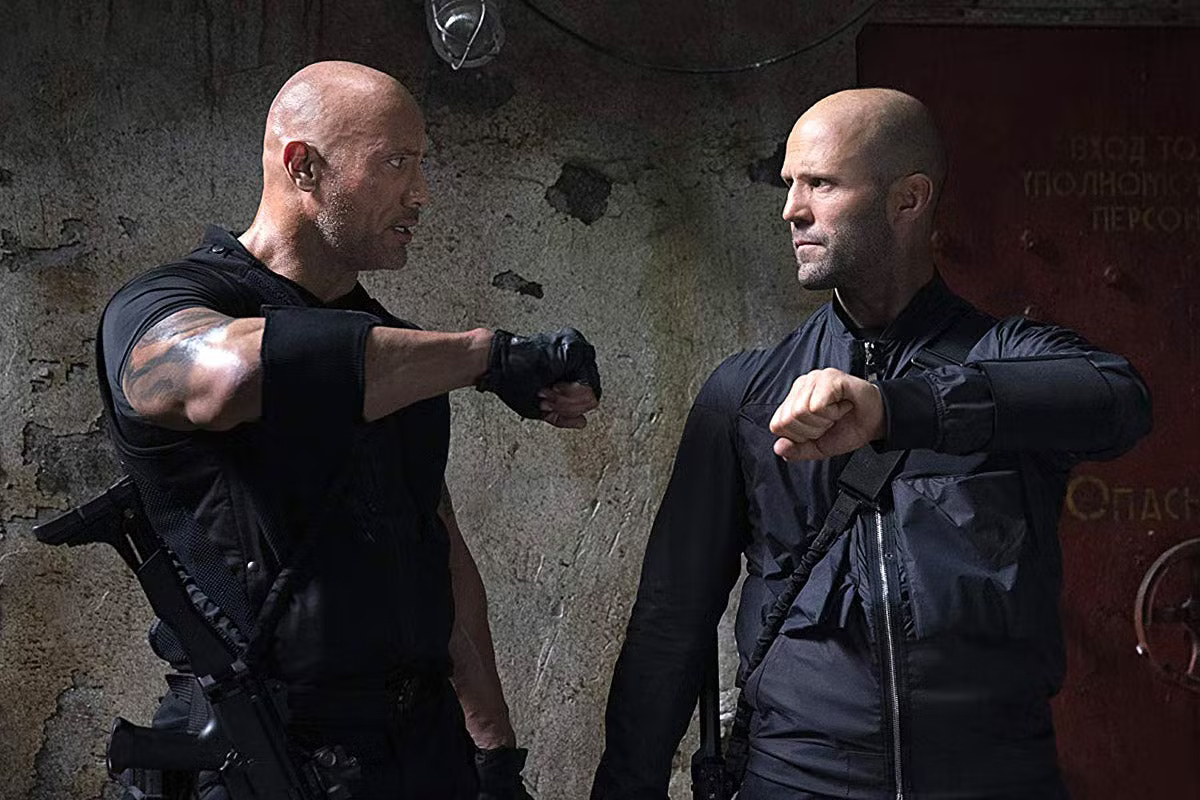
Fast X doubles down on this. The movie’s antagonist, Dante Reyes, is played by Jason Momoa, another muscled actor who invites physical comparisons to Johnson. Reyes is targeting Dom in revenge for the death of his father, Hernan (Joaquim de Almeida), in Fast Five, despite the fact that Hobbs actually pulled the trigger. The movie also introduces the character of Aimes, played by similarly macho Alan Ritchson, who is a law enforcement official chasing the team like Hobbs did in Fast Five.
The plotting of the Fast & Furious movies is nonsense. Characters lack consistent motivation and switch allegiances on demand. Shaw goes from trying to brutally dismantle the family in Furious 7 to serving as a reluctant ally in later films. Jakob is the primary antagonist of F9 but redeems himself as the guardian of Dom’s son “Little B” (Leo Abelo Perry) in Fast X. Aimes swaps sides twice in the third act of Fast X, aligning with Dom and then revealing his partnership with Dante.
It only really makes sense knowing the behind-the-scenes drama. Watching F9 and Fast X, it seems like Diesel is surrounding himself with surrogates for Johnson, actors who share a similar build and screen persona but are less likely to directly challenge his movie stardom. Both Jakob and Aimes are presented as potential replacements for the role that Hobbs played in the series — superspies who are initially antagonistic to Dom, but eventually find themselves folded into the Fast family.
Watching the Fast & Furious franchise, it’s often interesting to speculate whether certain actors were ever on set together at the same time or whether the fractured structure of the narrative was driven largely to minimize the potential collision of blockbuster egos. After all, for a film series built around the notion of “family,” Fate of the Furious, F9: The Fast Saga, and Fast X are all deliberately structured so that Dom spends very little time actually interacting with the rest of the ensemble.
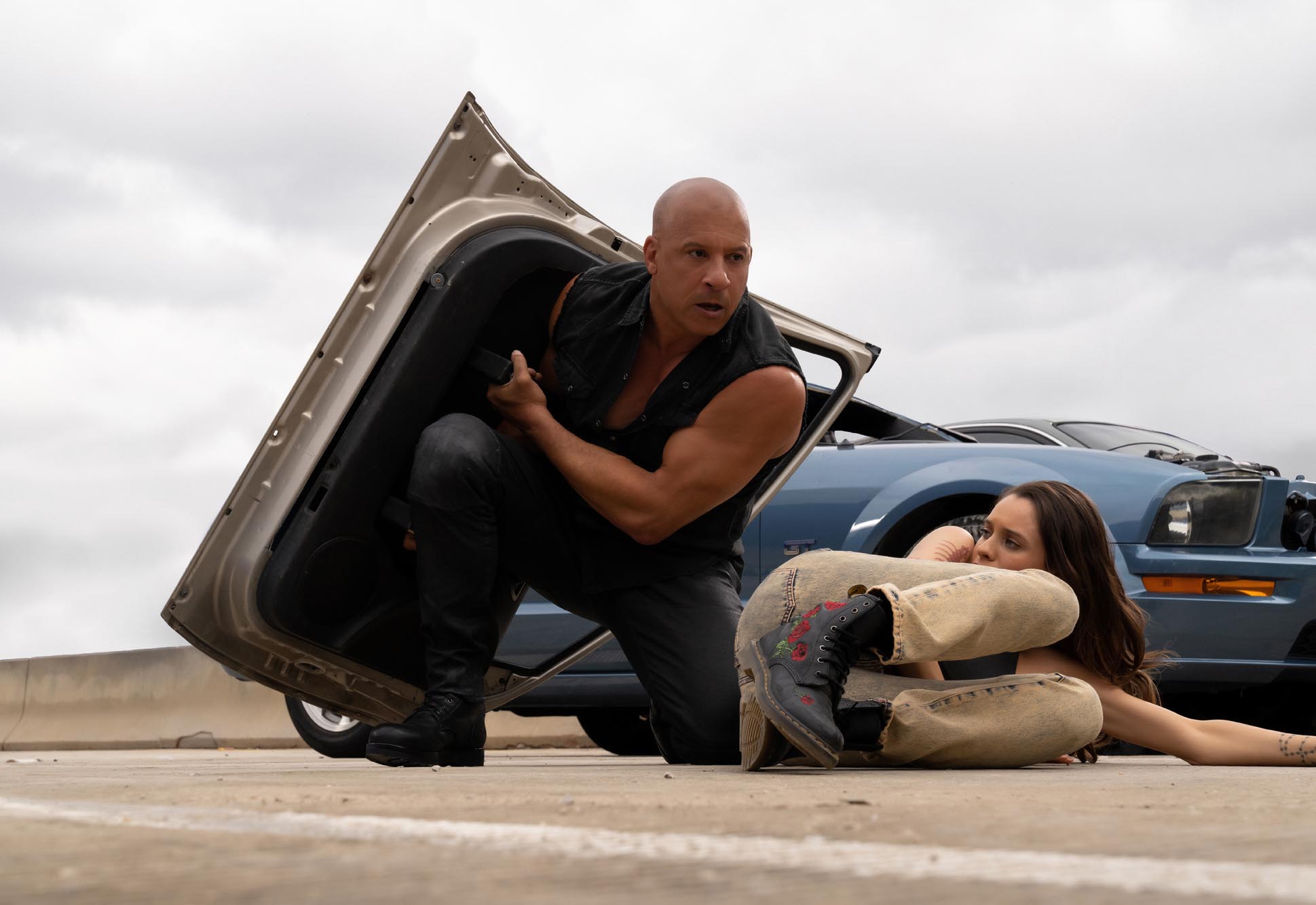
Diesel shares very little screen time with Cena on Fast X, despite the film’s attempt to mine Dom and Jakob’s relationship for drama. In recent movies, Diesel has had more scenes with Helen Mirren playing Shaw’s mother than he has shared with Statham as Shaw. Even when characters share the same physical space, the frantic editing of the series and the use of green screens makes it interesting to wonder if the performers ever even saw each other while making the movie.
To be fair, there are other reasons why these films may feature comparatively few scenes of these movie stars interacting. These actors are busy and have complicated schedules; their availability simply may not have overlapped. Still, there’s a charge to all of this. Veteran franchise director Justin Lin departed Fast X early in production, reportedly due to tension with Diesel. He was replaced by Louis Leterrier, who has experience mediating movie star egos for Universal, putting himself “in the center” of disagreements between Ed Norton and Marvel on The Incredible Hulk.
In Fast X, these movie star egos seem to warp the fabric of the movie in real time. Leading into production, Diesel made public appeals for Johnson to return to the series, while Johnson insisted that there was “no chance” that he would come back into the fold. However, following the disappointing performance of movies like Hobbs & Shaw and Black Adam, there was speculation that Johnson would have no choice but to return to the main Fast & Furious franchise.
However, as the release date approached, cryptic rumors began to spread about last-minute reshoots. A week before the film’s theatrical release, news broke that Johnson would appear in the post-credits scene. The final act of Fast X seems to contort itself around this returning center of gravity. Johnson’s presence is such a seismic event that it ripples backwards through the movie’s climax, explaining some of the stranger story choices.
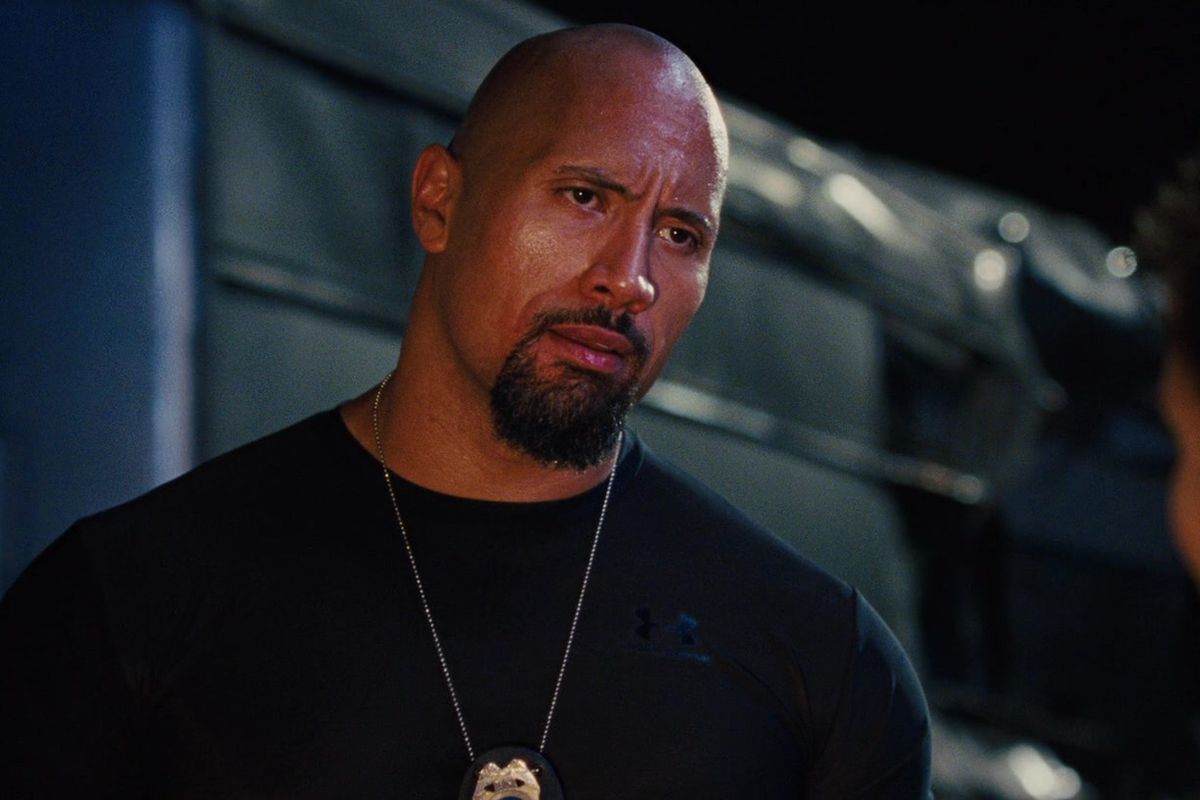
Most obviously, the film ruthlessly tidies away its potential surrogates. In the final car chase, Jakob makes a noble self-sacrifice to buy Dom time. It’s a death that comes out of nowhere, and Dom is still in mortal danger by the end of the same chase sequence. Similarly, just moments after Aimes had a change of heart and decided to help Dom take down Dante, Dante reveals — via clumsily edited and composited flashback footage — that Aimes was working for him all along.
Once Hobbs shows up in the post-credits scene, Fast X suddenly remembers that it was Hobbs who actually killed Hernan at the end of Fast Five. It’s a bizarre moment, because Dante just spent the entire movie targeting Dom for that crime, with flashbacks that were conspicuously edited to remove Hobbs from those events entirely. It’s a staggeringly stupid reveal, with Dante delivering some nonsense about how he’s also coming for Hobbs, after spending a whole movie chasing Dom.
None of this makes any sense within the world of the film and can only really be explained by the alignment of these multiple movie stars within the larger franchise. In a franchise landscape dominated by intellectual property, it’s almost refreshing to watch a series that often feels like a shadow play depicting the clash of the titanic egos behind it.

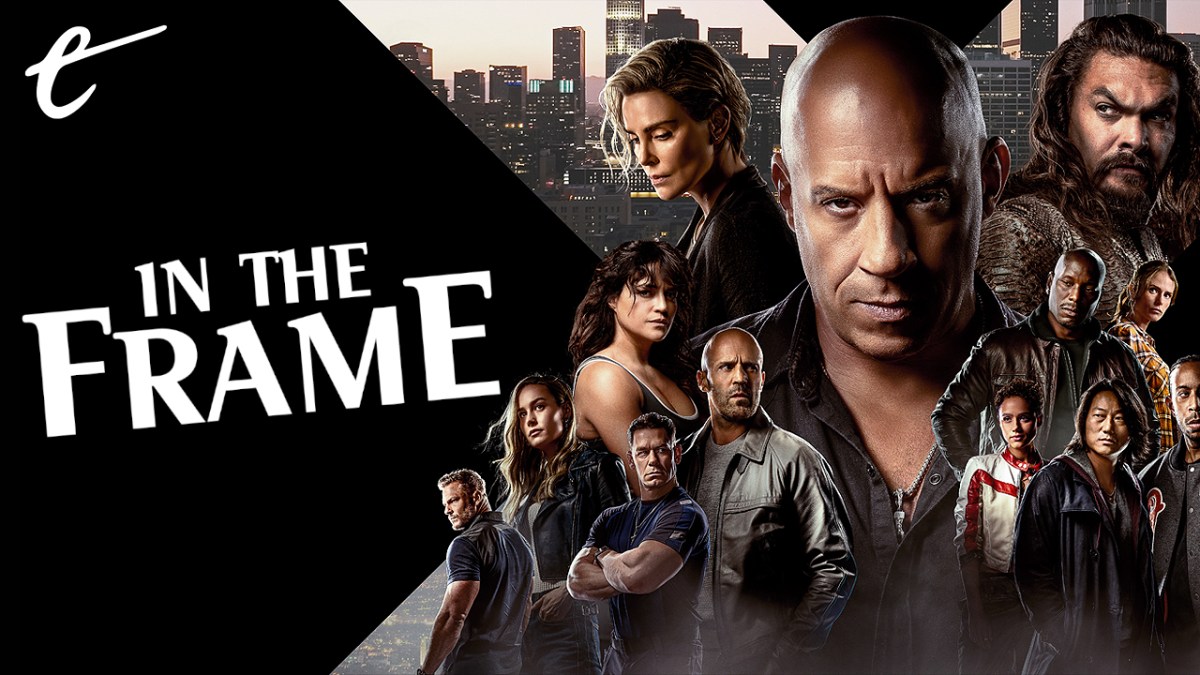




Published: May 19, 2023 11:00 am